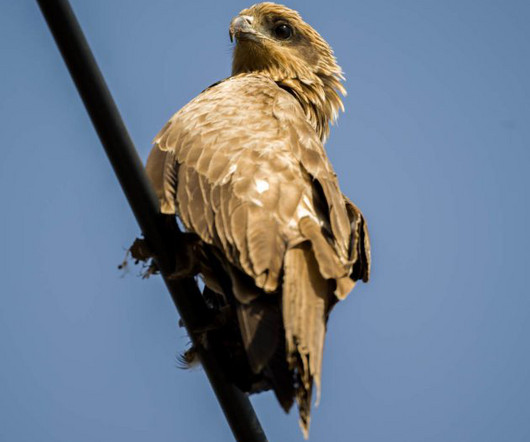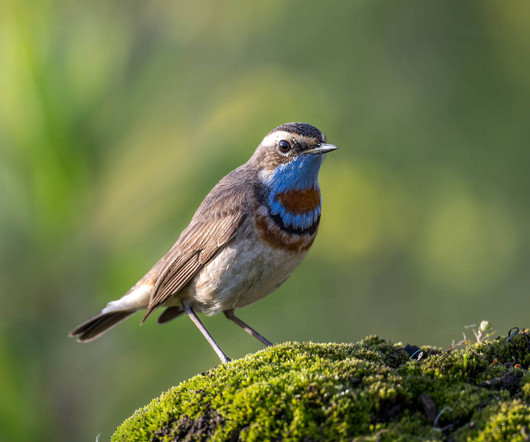Birds and People: A Book Review
10,000 Birds
JANUARY 7, 2014
As I explained to my nephews when they were younger, “The Burrowing Owls don’t think we’re their friends. People on one side of the rope, owls on the other.” Substitute Snowy Owl here if you’d like the modern version). Jonathan Elphick and John Fanshawe provided “specialist research” and support.”











Let's personalize your content